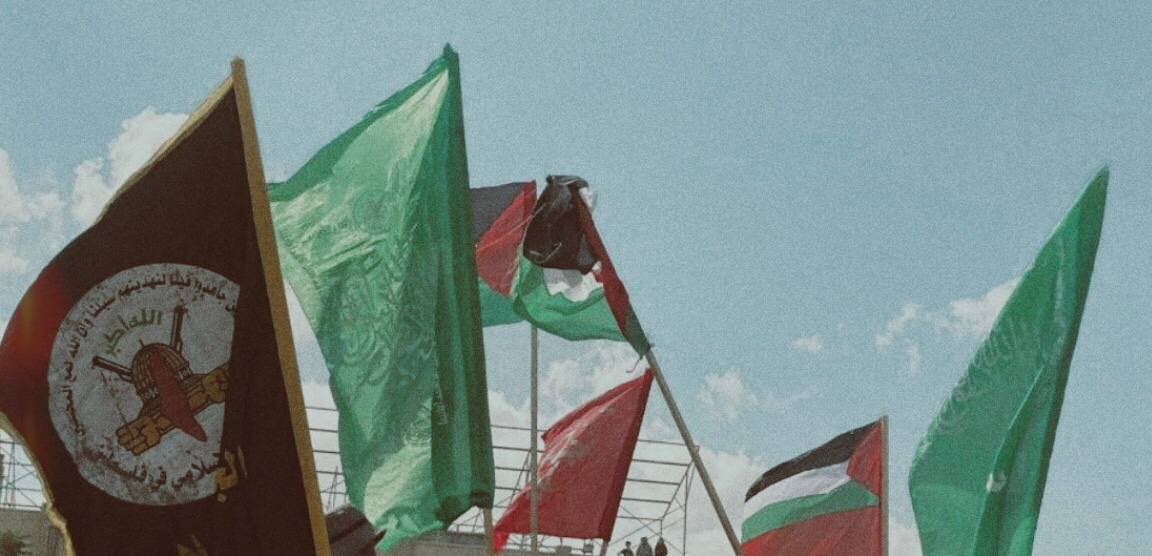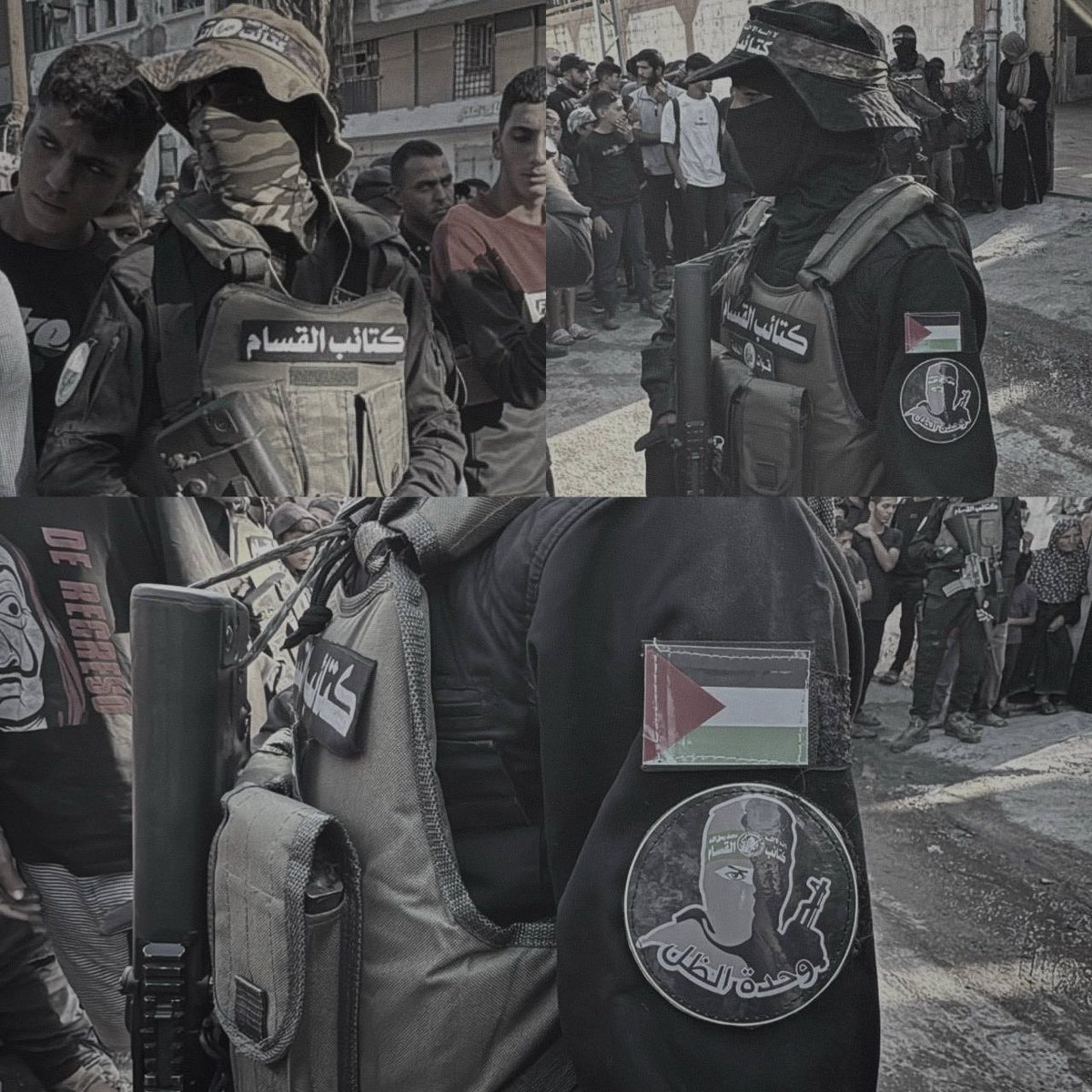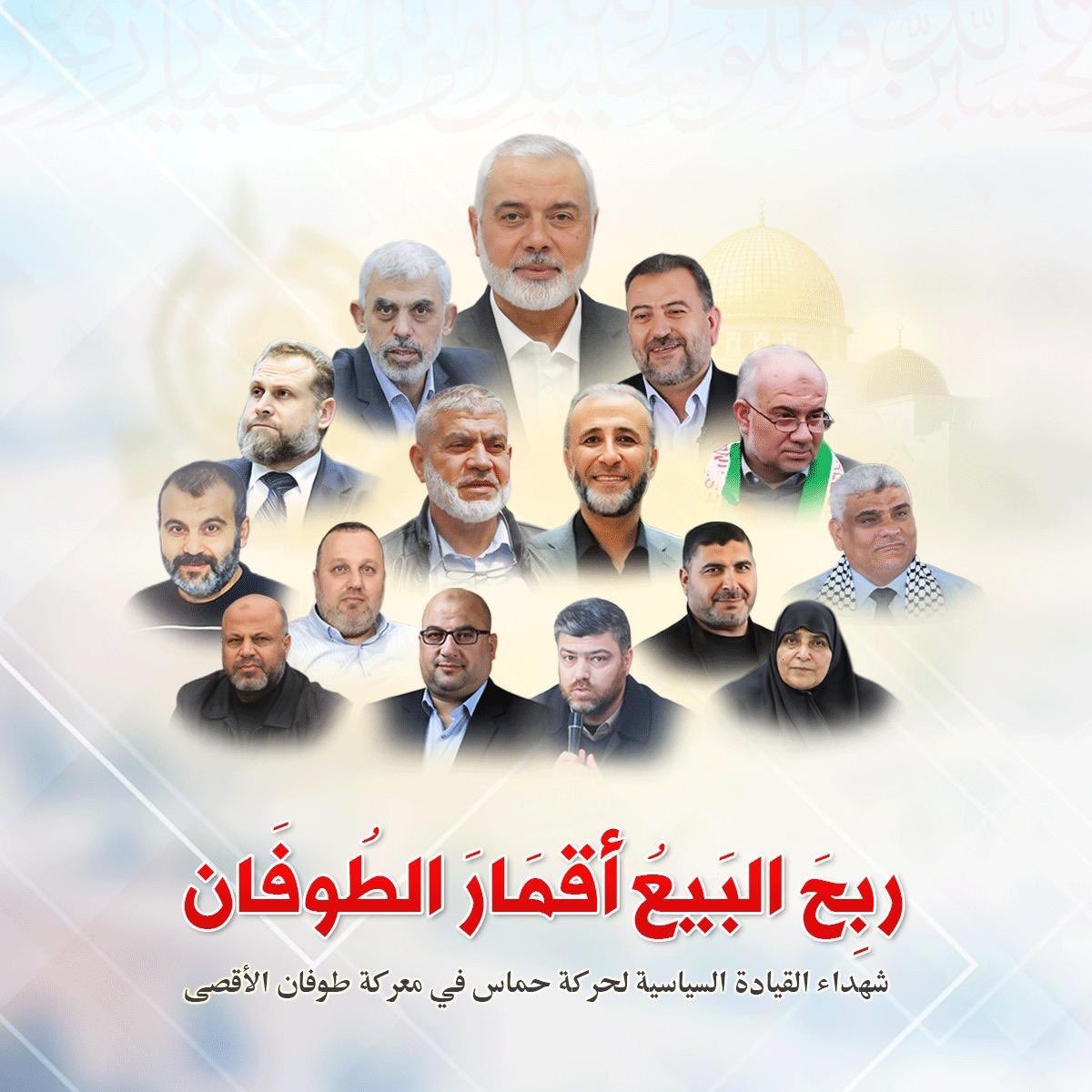Hebrew media forced to admit what occupation spokesmen and their Western mouthpieces will never say in English: the most elite “Israeli” commando unit, Sayeret Matkal, spent two years attempting covert POW rescue missions inside Gaza, and repeatedly failed in humiliating fashion.
In one of the most catastrophic debacles, the unit breached a house in Khan Yunis after “precise” intelligence briefings and high-tech surveillance, expecting an easy extraction. Instead, Qassam fighters responded within seconds, unleashing a torrent of grenades and gunfire that wounded several commandos, including serious injuries, and instantly flipped the script.
The supposed “POW rescue” ended with the “Israeli” captive dead in the crossfire, while the resistance fighters coolly withdrew, taking the body with them and erasing any chance for the occupation to claim even the propaganda win of retrieving remains.
Yedioth Ahronoth’s exposé goes further, detailing how “Israeli” commanders, under intense political pressure, aborted other high-profile operations at the last minute, not out of “restraint,” but sheer terror that Hamas would ambush the elite units yet again.
The generals themselves admit in Hebrew: the intelligence was never solid, the risk of failure was ever-present, and their high-tech gadgets were no match for resistance discipline, local preparation, and layered defenses. Some POWs weren’t even killed by Hamas, but by “Israel’s” own frantic airstrikes, as generals and politicians rushed for “results,” sacrificing their own men in chaos and confusion.
Every incursion was met by a resistance force that owns the ground, dictates the tempo, and leaves “Israel’s” special forces limping home empty-handed, bloodied, exposed, and outplayed in their own language. The myth of “Israeli”supremacy doesn’t survive the reality of Gaza’s streets; even the occupation’s own newspapers are forced to spell it out.
• • •
Missing some Tweet in this thread? You can try to
force a refresh











